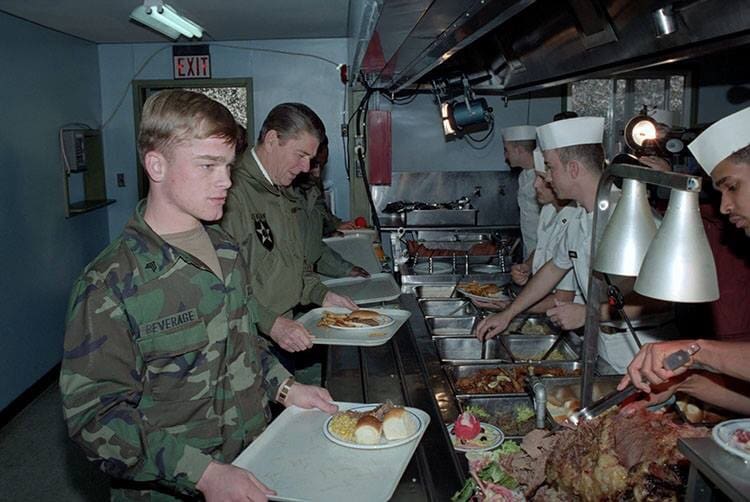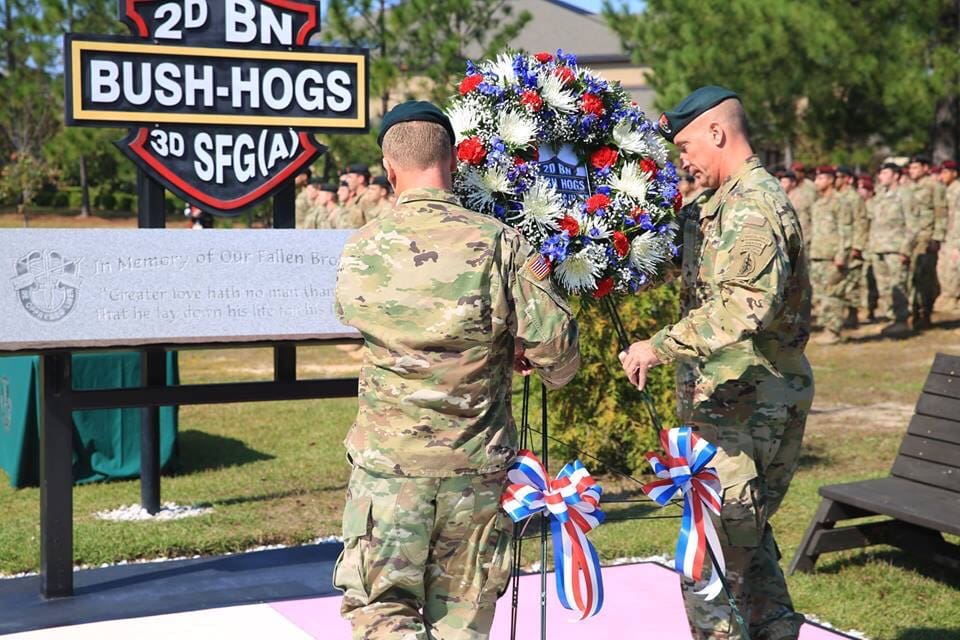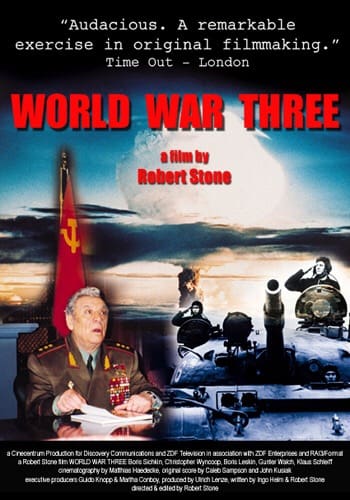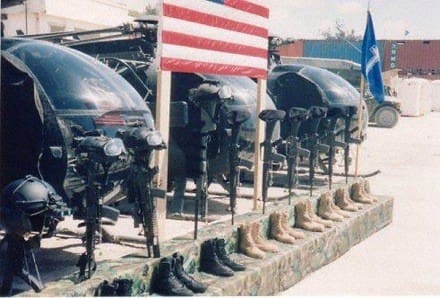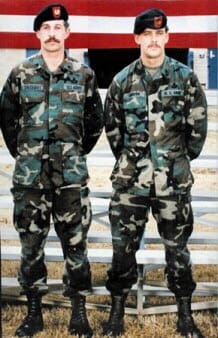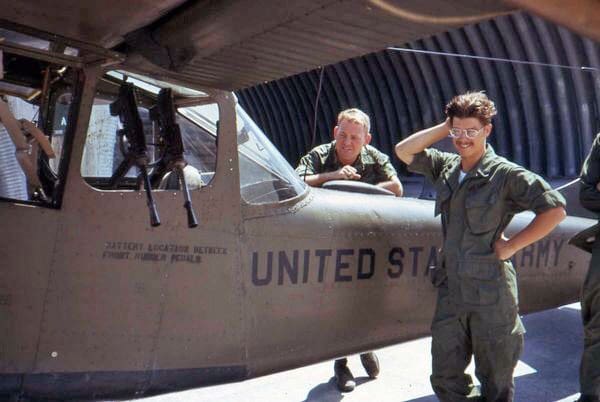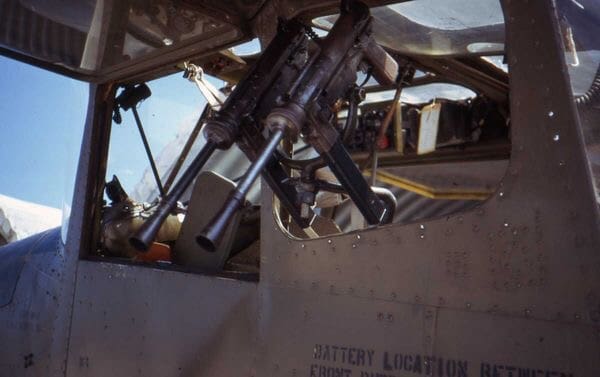Archive for the ‘History’ Category
Those Were The Days
Sunday, October 23rd, 20162nd Bn, 3rd SFG(A) Celebrates Its 25th Anniversary
Thursday, October 20th, 2016On 14 October, the 2nd Bn, 3rd SFG(A) celebrated its 25th anniversary. Seen here is LTC David Painter and CSM Christopher Raube placing a wreath to honor Bush Hog Soldiers, past and present.
I stood in formation during the activation ceremony on the parade ground of Fort Bragg’s Old Division Area back in 1991. As a severely understrength Caribbean-oriented battalion, we weren’t known as the Bush Hog’s yet and it would be several years before we completely ready. The unit cut its teeth on JCETs and Operation Restore Democracy in Haiti, served as our capstone. In the ensuing years, the Bush Hogs have really shined, earning their nickname in Afghanistan. I’m proud to have served on a SOT-A in 2/3.
Happy 25th Anniversary to my fellow 2/3 Veterans. Here’s to 25 more!
SSD Saturday Night At The Movies Presents “A Short Vision”
Sunday, October 16th, 2016Not just once, but twice, Ed Sullivan horrified America when he showed this 1956 British short animation to his audience because he thought its message was so important. It depicts what many feared then, just as today, the annihilation of all life due to nuclear war.
SSD Saturday Night At The Movies Presents ‘World War III’
Sunday, October 9th, 2016Tonight, my obssession with the Cold War continues. ‘World War III’ is a so-called mockumentary offering an alternative history version of the end of the Cold War which turns all too hot.
This 1998 film combines actual historical footage with fictional scenes to depict what might have transpired if, following the overthrow of Mikhail Gorbachev, Soviet troops, under orders from a new hard-line regime, had opened fire on demonstrators in Berlin in the fall of 1989 and precipitated World War III.
It was directed by Robert Stone and distributed by ZDF along with an English version, offered in collaboration with The Learning Channel.
Remember Task Force Ranger And The Battle Of Mogadishu
Monday, October 3rd, 2016Today actually marks two major anniversaries in the history of US Special Operations. First, is the creation of the 75th Ranger Regiment through the activation of its 3rd Battalion. It’s also the date of 1993’s Battle of Mogadishu during which, elements of TF Ranger which was deployed to Mogadishu, Somalia, conducted an operation on that city’s Olympic Hotel in order to capture key leaders of the Aidid Militia.
Unfortunately, during the exfil portion of the raid a battle ensued that claimed the lives of 18 Americans and wounded another 73. Additionally, CW3 Michael Durant was captured by the militia. Fortunately, Durant was later repatriated and went on to retire from the 160th. Of the men killed that day, two would be awarded the Medal of Honor, Delta Operators Gary Gordon and Randy Shughart for their selfless efforts to protect Durant after his aircraft, callsign Super 64 was shot down.
For those of you unfamiliar, one of the best accounts of the battle is contained in the book, “Blackhawk Down” by author Mark Bowden. Much of the information was serialized prior to the book’s publication in the Philadelphia Enquirer. Later this was made into a movie bearing the same name.
If you want to here more from a man that was there in the thick of it, check out Panteao Productions‘s “Battle of the Black Sea” featuring MSG Paul Howe (USA, Ret).
Please take a moment to remember these men and their sacrifice.
How It Works – The M-60 GPMG
Wednesday, September 28th, 2016This is for you youngsters who’ve only heard about “The Pig” in bedtime stories.
h/t Matt H!


